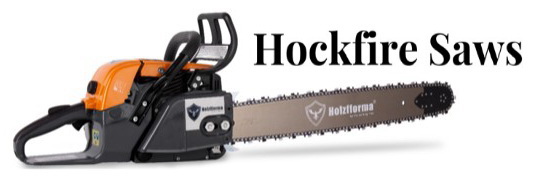Marshy
WFO Cutting
- Local time
- 2:41 AM
- User ID
- 417
- Joined
- Jan 5, 2016
- Messages
- 3,800
- Reaction score
- 13,109
- Location
- Mexico NY
Good explanation.As the air moves through the venturi the pressure is reduced, that is why/how the fuel moves from the wet side of the metering circuit into the carburetor. The change in pressure combined with the evaporation of the fuel removes a lot of heat resulting in the icing.
The mufflers on the air motor are the point where the high pressure air escapes to the atmosphere (lower pressure) and the change in pressure removes heat, more air removes more heat and the icing is a result. You can see the same effect when you remove a valve stem from a tire and hold it in the air stream as the tire empties. Again, the air changing from high pressure to low pressure absorbs a lot of heat...if you do it just right you can see ice forming on the valve stem.
All air conditioning systems work on the same principle, the compressor produces a relatively high pressure liquid (refrigerant) and as it passes through the evaporator it loses pressure and vaporizes removing heat in the process.
As the chart shows, the right combination of temperature and humidity can produce icing results even above freezing temperatures since the operation of the carburetor produces the right conditions (high to low pressure and the evaporation of a liquid) to remove a lot of heat.
After all that, I have never had that experience myself either in a plane (as a passenger) or with a saw. My 1966 V.W. Beetle was much more likely to suffer from vapor lock that carburetor icing.
Mark
The thermodynamic terms are called latient heat of vaporization. Its when a liquid turns to a gas it requires heat so it takes it from its surrounding environment ie the carb. You also have evaporative cooling going on and that also consumes heat again from the carb body. Then, there is the low pressure inside the venturi of the carb. From ideal gas laws and thermal dynamics, a gas that undergoes a sudden reduction in pressure (in the throat of the venturi) will have a lower temperature.
Funny thing is I've never had carb icing on any of my snowmobiles. Must be they get enough residual heat from the engine to keep from freezing. Had my 3 wheeler carb freeze wide open though.






